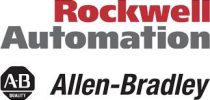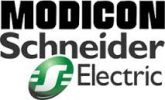
Southampton Industrial’s automation capabilities make the company clearly unique among HVAC equipment manufacturers. Our engineers design and program control panels in accordance with specifications, P&ID drawings and control narratives. Each control panel manufactured is thoroughly tested in our ETL certified facility to ensure every HVAC system operates as intended.
This depth of automation expertise allows our customers to realize several major benefits (below) when automation is included as part of a complete HVAC system.
Programmable controllers from all of the major manufacturers are incorporated into our control panel and HVAC equipment designs. Manufacturers include Allen Bradley, Siemens, Distech, Schneider, GE, Trane and others. This vendor neutral approach enables our clients to select their preferred controls manufacturer to maintain consistency with existing systems and simplify their operations.






HVAC system designers and project managers are familiar with the difficulties that commonly emerge at the job site when using different vendors to supply their HVAC and automation equipment. Project delays and additional expense are often the result due to numerous issues that can arise:
Additionally, reviewing and coordinating wiring diagrams and sequences of operation from different companies can be difficult and lead to overlooked components or features.
By taking full responsibility for the operation of both the automation and HVAC equipment, a complete Southampton Industrial system avoids all of these challenges. In the event an issue requires resolution, there is no need to investigate to determine where to assign responsibility among multiple vendors, Southampton Industrial has the solution.
At Southampton Industrial we perform exhaustive testing on each piece of equipment before it leaves the factory.
When automation and HVAC equipment are provided in a complete system, all equipment is hard wired and subjected to comprehensive testing.
Our factory testing procedures ensure all of the equipment is operating optimally, and that the sequence of operation and system communication are both functioning as designed.